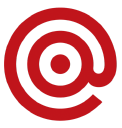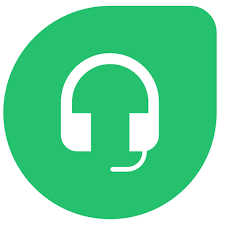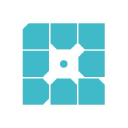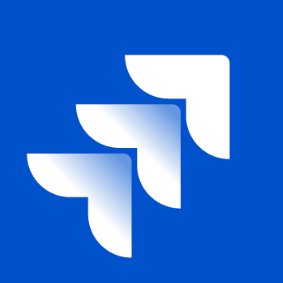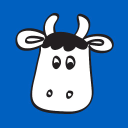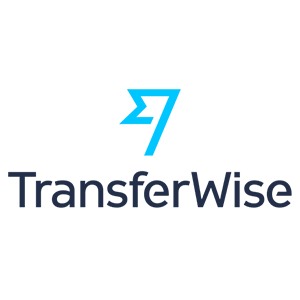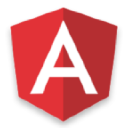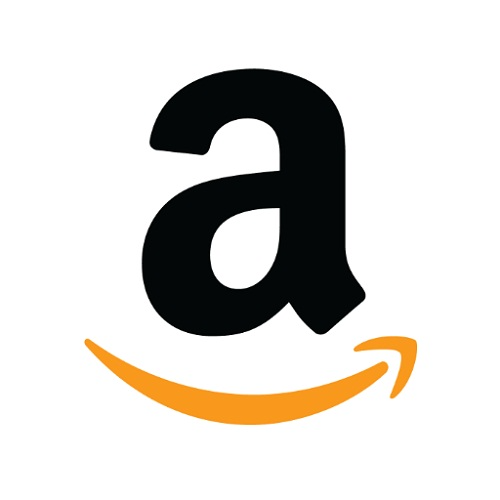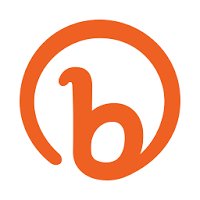I Developed A Niche Chrome Extension For Amazon Merch Sellers That Makes $120K/Year
Hello! Who are you and what business did you start?
Hi, my name is Rick Blyth and I am the founder of the Merch Wizard & KDP Wizard chrome extensions which I developed for niche Amazon sellers.
Initially, I started these SaaS (Software as a Service) apps as a side hustle whilst still working my (unfulfilling) corporate job. After some early positive feedback from my target audience, I quickly became hooked on fixing problems for them with my apps!
Receiving direct, positive feedback from this user base was incredibly fulfilling and it was such a stark contrast to the typical “back office” role I was used to as a techie. It felt like it was finally my time to shine.

I started with several smaller free apps before launching my flagship product for a monthly/ annual subscription - Merch...

Download the report and join our email newsletter packed with business ideas and money-making opportunities, backed by real-life case studies.

Download the report and join our email newsletter packed with business ideas and money-making opportunities, backed by real-life case studies.

Download the report and join our email newsletter packed with business ideas and money-making opportunities, backed by real-life case studies.

Download the report and join our email newsletter packed with business ideas and money-making opportunities, backed by real-life case studies.

Download the report and join our email newsletter packed with business ideas and money-making opportunities, backed by real-life case studies.

Download the report and join our email newsletter packed with business ideas and money-making opportunities, backed by real-life case studies.

Download the report and join our email newsletter packed with business ideas and money-making opportunities, backed by real-life case studies.

Download the report and join our email newsletter packed with business ideas and money-making opportunities, backed by real-life case studies.



